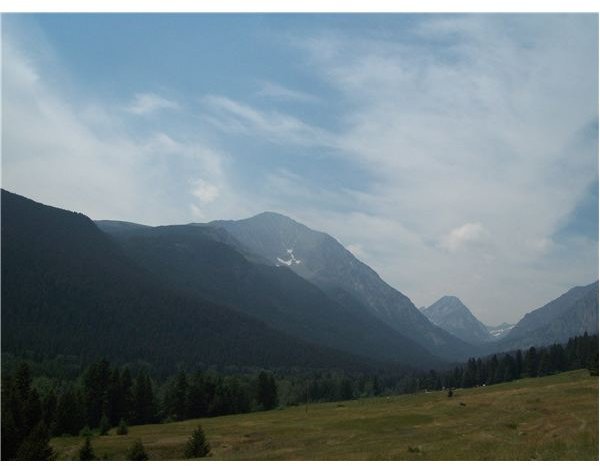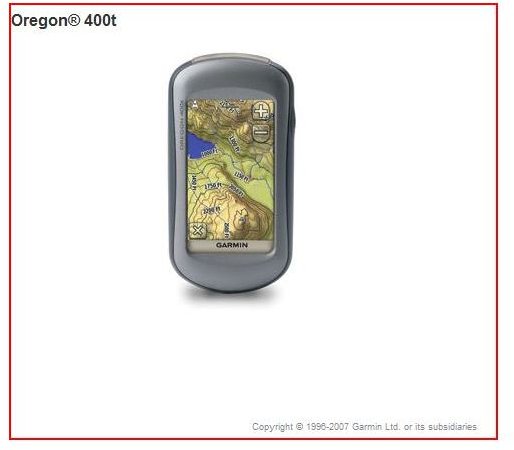How is Geocache Found? The Answer Lies Within
Lay the Groundwork
Since the most important aspect of Geocaching is finding the treasure at the coordinates it’s supposed to hidden at, a little guidance for achieving that goal might be very helpful, especially for the novice. Geocaching as a hobby is a growing activity that makes for a little adventure, gets the enthusiasts outdoors, and can be a very beneficial learning experience for the kids (and it never hurts to tire them out so you can relax later at home). It’s worth your while to familiarize yourself with the several different Types of Geocaching Hunts described here so you know exactly what you’re looking for.
If you’re in the market for a GPS to engage in Geocaching please check out the thorough complilation entitled Best GPS Units for Geocaching. In that four part series you’ll learn about the qualities and features that make up a good GPS device to use for geocaching followed by reviews of some of the best products on the market to use for hunting down the ‘cache’ like a wolf.
Finding that Prize You’re Geocaching For
So you know enough about geocaching to understand that you’re using a GPS device to track down a stash which is usually in a box and can be any of a number and variety of prizes and trinkets. The list of exactly where that stash is using the coordinates detailed on a geocaching site that contains that kind of information. Once you have a geocache location the search is on. Most sites also designate whether the search is easy or difficult so choose based on your experience or the challenge you desire. Geocaching websites have log books for each cache so refer to that, link your GPS device to the computer using a USB cord and download all the information about the geocache you want to find.
Load your daypack with the sensible items you would take on any day hike along with your GPS, extra batteries, and the geocache information (if you printed it). Don’t forget the protocol here, which is to replace any trinket or item you found at a geocache with the trinkets you bring for that express purpose. The cache page from the geocaching website probably had parking advice but if not, use common sense.
Once you’re off into the great wide open follow these instructions to get to your bounty**:**
**
- Input the location of your car onto your GPS device before setting out.
- The navigation screen on your GPS should lead you right to the general area of the geocache depending upon your device’s accuracy.
- When your device reads that the cache is within say 100 feet, start looking around for the box, usually an ammo can, that the cache is located in (again the website should describe it in detail along with the contents).
- Look up, look down, and all around because it could be well camouflaged with the material in that environment.
Once you’ve spotted the box, input those exact coordinates, then reap your bounty and write down in the onsite log (using the old fashioned pen and paper method) what trinket you took plus details about your own hunting experience and who you are if you so desire.
Put the box right back where you found it.
Once you get back home be sure and return to the website and record the details of what you left behind and anything else pertinent.That’s really all there is to it. Once you get one or two experiences under your belt you’ll probably catch the bug. If that’s the case and you want more of a challenge, read my article about how to make a geocache very difficult to find.

